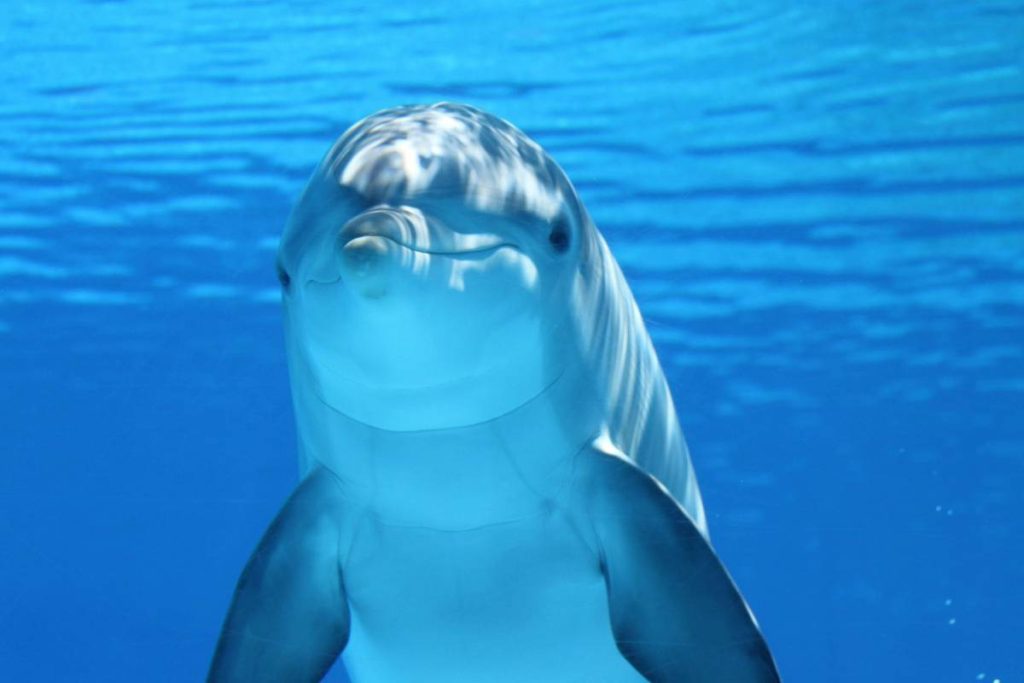Underwater Photography: A Guide to Shooting Stunning Scenes Below the Surface
What Is Underwater Photography?
Underwater photography is the art of taking pictures below the surface of water—whether in a swimming pool, the sea, a lake, or an aquarium. It involves capturing marine life, models, divers, or landscapes using waterproof cameras or housings.

A Brief History of Underwater Photography
- The first underwater photo was taken in 1856 by William Thompson using a wet plate camera in a box.
- In the 1950s and 60s, famous ocean explorer Jacques Cousteau developed waterproof camera housings.
- Modern cameras like GoPro, Nikon, Canon and Olympus Tough series made underwater photography more accessible.

Features of Underwater Photography
- Waterproof cameras or housings
- Unique blue tones and lighting
- Unusual angles and floating subjects
- Close-up marine life details
- Use of natural light, strobes, or underwater LEDs

Functionalities and Uses
- Scuba diving trips and marine exploration
- Fashion and creative shoots in pools
- Scientific and wildlife documentation
- Tourism and underwater sports coverage
- Artistic portraits and surreal photo stories
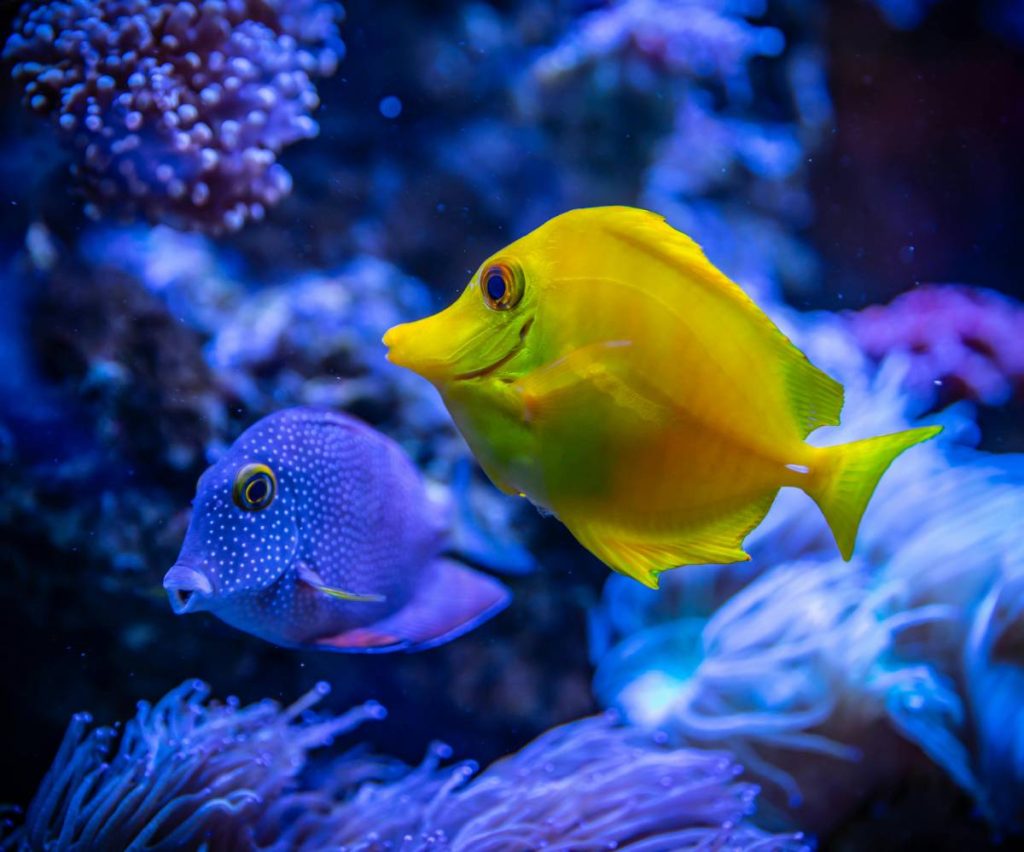
Advantages of Underwater Photography
- Captures rare views of life underwater
- Allows for creative floating effects with models
- Enhances skills in lighting, timing, and composition
- Great for travel, wildlife, and environmental photography
- Can be both adventurous and meditative
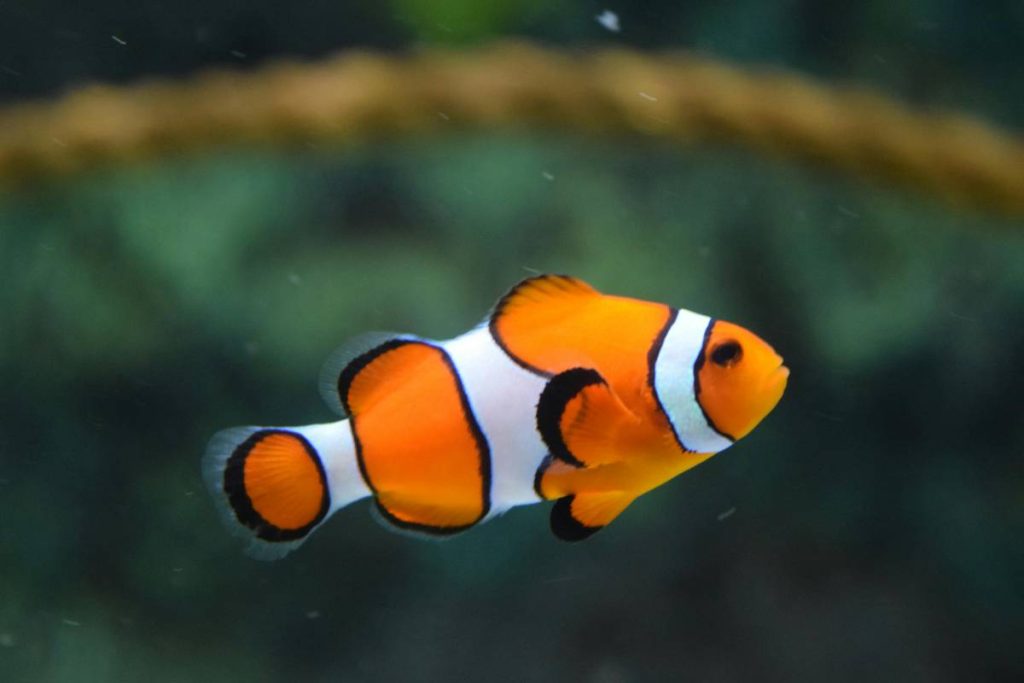
Disadvantages of Underwater Photography
- Requires special gear and training
- Visibility depends on water clarity and weather
- Limited light and color without extra lighting
- Risk of equipment damage
- Buoyancy makes stable shots tricky
- Often expensive to start
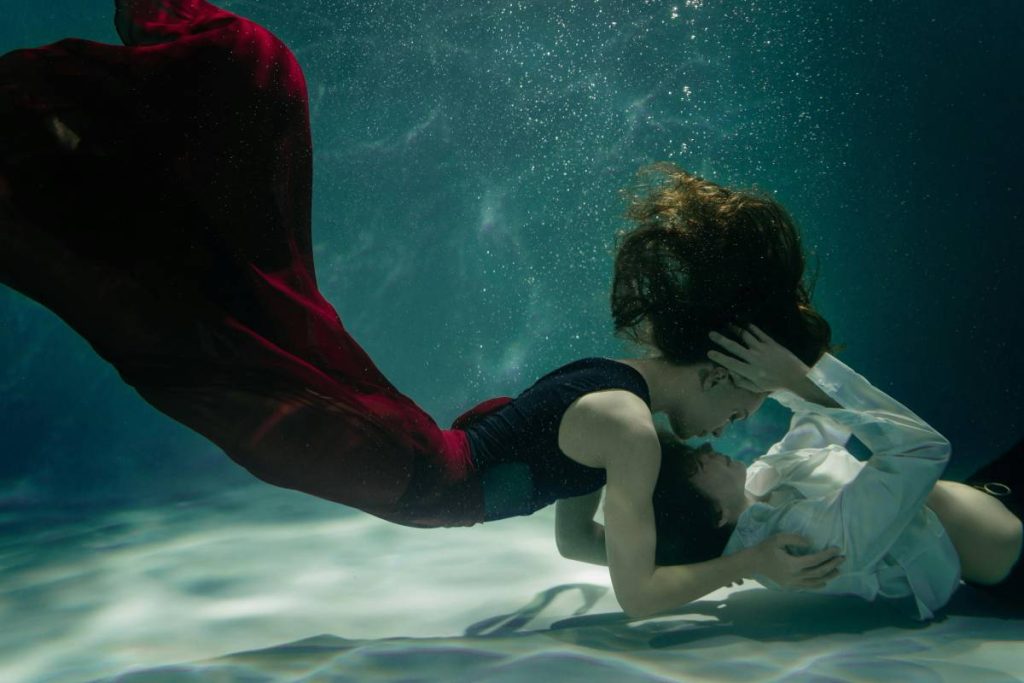
Step-by-Step Guide: How to Start Underwater Photography
1. Choose the Right Gear
Beginner Setup:
- Compact Waterproof Camera (e.g. Olympus Tough TG-6, GoPro Hero 12)
- Smartphone Waterproof Case (for shallow pool work)
- Action Camera with Dome Port (for half-above, half-below shots)
Advanced Setup:
- DSLR or Mirrorless Camera (Canon, Sony, Nikon)
- Underwater Housing (Nauticam, Ikelite, Sea & Sea)
- Underwater Lights or Strobes (SeaLife, Kraken, or INON)

2. Safety First
- Never dive alone
- Practice breath-hold skills or work with a certified diver
- Learn basic water safety and communication signals
- Keep equipment secure and double-check seals
3. Choose the Right Location
Good Beginner Locations:
- Swimming pools (clear, controlled conditions)
- Shallow coral reefs
- Calm lagoons or beach shallows
Avoid:
- Rough surf, murky lakes, fast-moving rivers

4. Set the Camera Settings
- Use wide angle lenses for bigger scenes
- Shutter speed: 1/250 or faster (for moving fish or models)
- Aperture: f/5.6 or wider for more light
- ISO: 100–800 depending on light
- White balance: Adjust manually to correct blue tint
- RAW format: Allows better color editing later
5. Props and Composition Tips
Underwater Props Ideas:
- Flowing fabrics or dresses (for surreal portrait shoots)
- Mirrors or glass (for reflective shots)
- Bubbles, flowers, or pool toys
- Natural elements like seaweed, coral, or fish
Composition Tips:
- Get close water reduces sharpness and contrast
- Use natural light at the surface or strobes deeper down
- Focus on the eyes in portraits
- Frame with coral, rocks, or floating textures
- Take advantage of reflections and symmetry
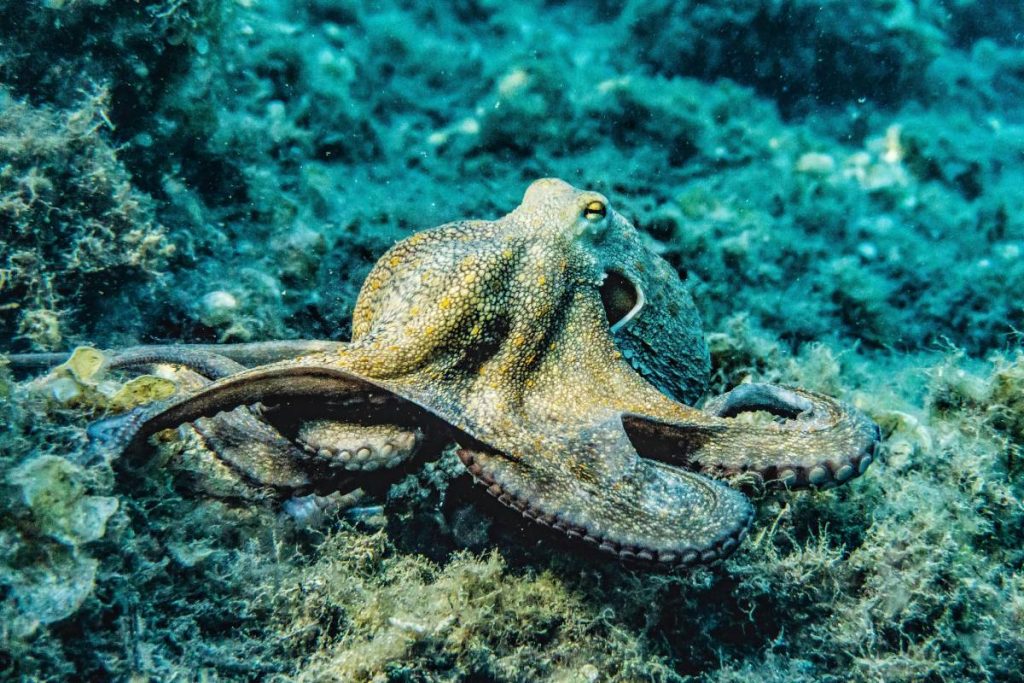
How to Become an Expert in Underwater Photography
- Start in a pool—practice buoyancy, lighting, and focus techniques
- Learn diving or snorkeling to explore open water confidently
- Take workshops or online courses from professionals like David Doubilet or Cristina Mittermeier
- Join underwater photography communities and contests (e.g. Ocean Art, UPY)
- Practice editing underwater photos with tools like Lightroom or Photoshop
- Build a portfolio—start with creative shoots in shallow water, then add marine life
The Future of Underwater Photography
Underwater photography is growing fast with:
- Smarter waterproof cameras with AI autofocus
- Drones and ROVs (remotely operated vehicles) for underwater exploration
- Virtual diving experiences using 360° underwater imagery
- Increased use in ocean conservation campaigns
- Creative underwater fashion and concept art becoming popular on social media
As awareness grows about the oceans, underwater photography will play a big role in both art and conservation.


